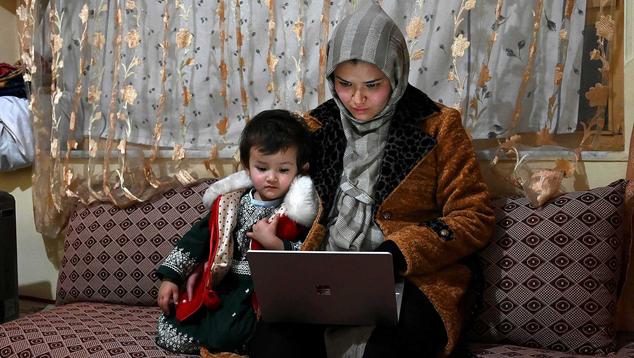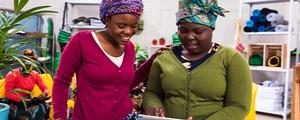Since the Taliban returned to power in 2021, Afghan women have seen more and more freedoms slip away. Access to secondary education was one of the first things to go, and late last year, the Taliban banned women from attending universities.
Online courses offer hope to some Afghan women and girls seeking to continue their education. Several universities and education institutes have created courses and offered scholarships to assist Afghan women in these efforts. The U.S.-based University of the People and U.K.-based Future Learn, both of which provide distance-learning opportunities inside Afghanistan, have reported interest from thousands of new applicants since the university ban was implemented.
However, the reach of initiatives like these depends on women’s access to the internet, which remains rare in most of the country. In Gallup’s 2022 World Poll, 15% of all Afghans said they have access to the internet; this measure has been stable since 2016.
Lack of reliable electricity and IT infrastructure are formidable barriers to internet access for all Afghans, but social norms and restrictions also mean internet access skews heavily toward Afghan men. In 2022, 25% of men reported having access versus 6% of women. These figures have been relatively stable in recent years, though the percentage of women who report having access rebounded somewhat last year from a low of 2% in 2021.
Aggregating Gallup World Polls in Afghanistan since 2019 allows for a closer look at where women in the country are most likely to say they have internet access. The results indicate women living in large cities or suburbs are more likely than those in Afghanistan’s rural areas to have access -- 9% versus 2%, respectively.
Regionally, women in the country’s western provinces are most likely to say they can access the internet at 11%, vs. no more than 6% in any other region. Within the western region, the figure rises to 15% of women in Herat province, home of Afghanistan’s second-largest city. In the country’s capital and largest city, Kabul, however, just 3% of women say they have internet access.
Bottom Line
Even before the Taliban retook control in 2021, internet access was relegated to a relatively small segment of the Afghan population, with infrastructure deficiencies and widespread poverty preventing broader use.
Following the Taliban’s takeover in 2021, access was further restricted as the regime frequently suspended connectivity in Kabul and other areas to curb opposition and blocked millions of websites for what it deems “immoral” content.
More recently, however, the Taliban has also said it plans to upgrade the country’s internet networks to 4G, reflecting its own dependence on online technology. Though the regime will continue to try to restrict Afghans’ internet use to serve its own agenda, any improvement of the country’s internet infrastructure may provide additional opportunities for e-learning platforms to reach more Afghan households -- and hope to girls and women with no other access to educational services.
Read more stories about women around the world on our International Women's Day page.




